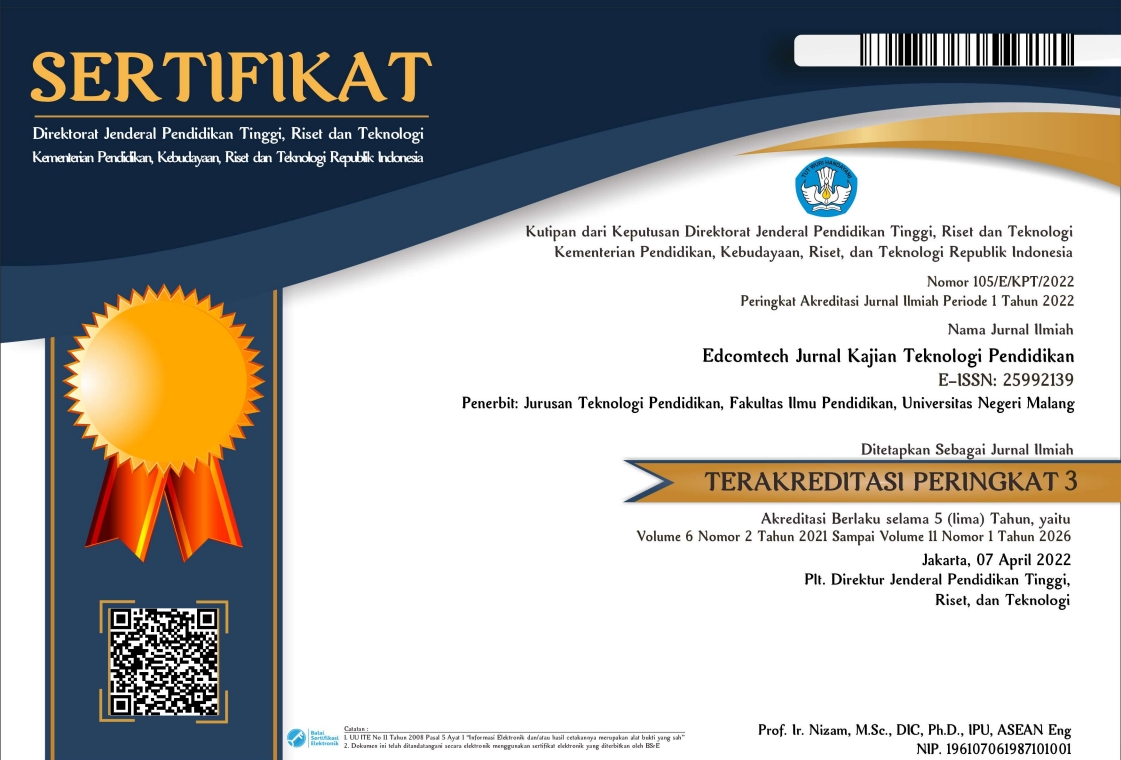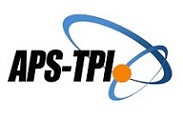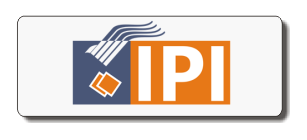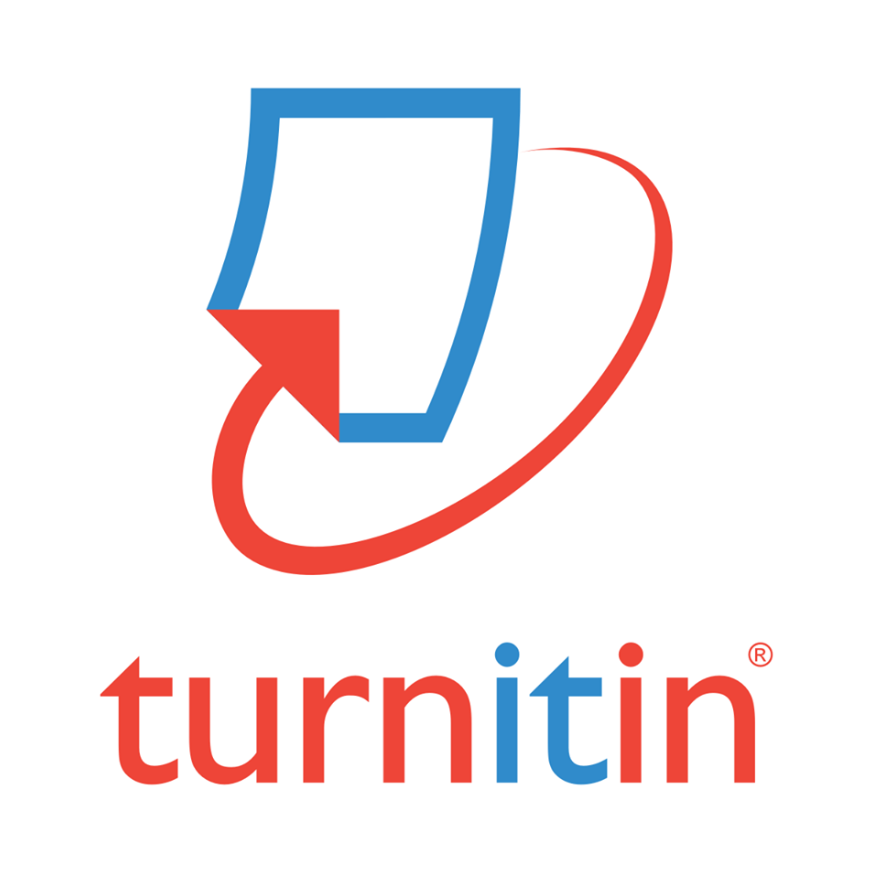Adaptasi Alat Ukur Keterlibatan Pembelajar Daring Pada Mahasiswa Di Indonesia
Abstract
Abstrak: Pembelajaran daring merupkan metode pembelajaran yang ‘normal’ sejak diberlakukannya kebijakan sekolah dari rumah oleh pemerintah. Keterlibatan pelajar dalam pembelajaran daring perlu diteliti untuk mengukur efektivitas kegiatan belajar mengajar yang telah diselenggarakan, namun sejauh ini belum ada alat ukur ketelibatan pelajar daring di Indonesia. Terdapat alat ukur bernama Online Student Engagement Scale yang dikembangkan oleh Dixson (2010) dan telah teruji reliabilitas dan validitasnya dalam mengukur keterlibatan pelajar daring pada mahasiswa di Amerika. Oleh karenanya, untuk dapat digunakan pada konteks pembelajaran daring di Indonesia, peneliti bertujuan untuk mengadaptasi alat ukur tersebut sesuai dengan panduan dan metode adaptasi alat ukur lintas budaya oleh Beaton dkk (2000) yang terdiri dari beberapa tahapan, yaitu (1) penerjemahan awal, (2) sintesis hasil terjemahan, (3) penerjemahan kembali, (4) kaji komite ahli, (5) uji coba, (6) pengumpulan dokumentasi alat ukur. Berdasarkan uji coba terhadap 156 mahasiswa di berbagai universitas negeri dan swasta Indonesia, diperoleh nilai koefisien reliabilitas sebesar 0,936. Validitas konstruk dari alat ukur ini dilakukan dengan metode analisis faktor konfirmatori dengan hasil koefisien validitas berkisar 0,453-0,949. Selain itu, peneliti juga melakukan uji kesesuaian model dengan teknik structural equation modeling (SEM) dan mendapat hasil model fit yang moderat. Dengan demikian, hasil adaptasi alat ukur keterlibatan mahasiswa dalam pembelajaran daring ini valid dan reliabel untuk digunakan dalam penelitian mendatang guna mengevaluasi tingkat keterlibatan mahasiswa dalam pembelajaran daring.
Abstract: Online learning is a ‘new normal’ learning method since the policy of school from home has been established by the government due to Covid-19 pandemic. Student engagement in online learning environment needs to be evaluated to measure the effectiveness of teaching and learning activities. So far, there has not been any measuring tool for online student engagement in Indonesia. There is a measuring tool called Online Student Engagement (OSE) developed by Dixson (2010) and has been proved for its reliability and validity in measuring online student engagement among American Students. Hence, to be used in the context of online learning in Indonesia, this reaserch is aimed to adapt the OSE by following the guidelines and methods of cross-cultural adaptation of self-report measures by Beaton et al. (2000) which include (1) translation, (2) synthesis, (3) back translation, (4) expert committee review, (5) pretesting, (6) submission and appraisal of all written reports. This instrument consists of 19 items that represent the four dimensions of student engagement. Based on pretesting on 156 college students from various university in Indonesia, the reliability coefficient of this adapted instrument is 0,936. The confirmatory factor analysis (CFA) of this measurement shows its validity coefficient ranging from 0,453-0,949. The structural equation modeling also shows that the adapted instrument obtained a moderate model fit. Thus, the Online Student Engagement Scale adaptation are valid and reliable for use in future research to evaluate the level of student engagement in online learning environment.
Keywords
Full Text:
PDFReferences
Agarwal, S., & Kaushik, J. S. (2020). Student’s perception of online learning during COVID pandemic. Indian Journal of Pediatrics, 1.
Angelino, L., Keels Williams, F., & Natvig, D. (2007). Strategies to Engage Online Students and Reduce Attrition Rates. The Journal of Educators Online, 4(2), 1–14. https://doi.org/10.9743/jeo.2007.2.1
Banna, J., Lin, M.-F. G., Stewart, M., & Fialkowski, M. K. (2016). Interaction matters: Strategies to promote engaged learning in an online introductory nutrition course. Physiology & Behavior, 176(1), 100–106.
Beaton, D. E., Bombardier, C., Guillemin, F., & Ferraz, M. B. (2000). Guidelines for the Process od Cross Cultural Adaptation od Self-Report Measures. Spine, 25, 3186–3191. https://doi.org/10.1080/000163599428823
Dixson, M. D. (2010). Creating effective student engagement in online courses: What do students find engaging? Journal of the Scholarship of Teaching & Learning, 10(2), 1–13. https://files.eric.ed.gov/fulltext/EJ890707.pdf
Dixson, M. D. (2015). Measuring student engagement in the online course: the Online Student Engagement scale (OSE).(Section II: Faculty Attitudes and Student Engagement)(Report). Online Learning Journal (OLJ), 19(4), 143–157. https://doi.org/http://dx.doi.org/10.24059/olj.v19i4.561
Dumford, A. D., & Miller, A. L. (2018). Online learning in higher education: exploring advantages and disadvantages for engagement. Journal of Computing in Higher Education, 30(3), 452–465. https://doi.org/10.1007/s12528-018-9179-z
Dweck, C. S. (2010). Even Geniuses Work Hard. In Educational Leadership (Vol. 68, Issue 1). https://eric.ed.gov/?id=EJ896451
Dweck, C. S., & Leggett, E. L. (1988). A Social-Cognitive Approach to Motivation and Personality. Psychological Review, 95(2), 256–273. https://doi.org/10.1037/0033-295X.95.2.256
Etikan, I., Musa, S. A., & Alkassim, R. S. (2016). Comparison of Convenience Sampling and Purposive Sampling. American Journal of Theoretical and Applied Statistics, 5(1), 1–4. https://doi.org/10.11648/j.ajtas.20160501.11
Fredricks, J. A., Blumenfeld, P. C., & Paris, A. H. (2004). School engagement: Potential of the concept, state of the evidence. Review of Educational Research, 74(1), 59–109. https://doi.org/10.3102/00346543074001059
Garson, D. (2010). Statnotes: Topics in Multivariate Analysis: Factor Analysis. https://faculty.chass.ncsu.edu/garson/pa765/statnote.htm
Handelsman, M. M., Briggs, W. L., Sullivan, N., & Towler, A. (2005). A Measure of College Student Course Engagement. Journal of Educational Research, 98(3), 184–192. https://doi.org/10.3200/JOER.98.3.184-192
Harususilo, Y. E. (2020). Mengembalikan “roh pendidikan” lewat pedagogi belajar daring dari rumah. Kompas.
Hodges, C., Moore, S., Lockee, B., Trust, T., & Bond, A. (2020). The difference between emergency remote teaching and online learning. Educause Review, 27(1), 1–15.
Huang, R. (2020). The Chinese Experience in Maintaining Undisrupted Learning in COVID-19 Outbreak. In Handbook on Facilitating Flexible Learning During Educational Disruption.
Januszewski, A., & Molenda, M. (2013). Educational technology: A definition with commentary. Routledge.
Jimerson, S. R., Campos, E., & Greif, J. L. (2003). Toward an Understanding of Definitions and Measures of School Engagement and Related Terms. The California School Psychologist, 8(1), 7–27. https://doi.org/10.1007/bf03340893
Kahu, E. R. (2013). Framing student engagement in higher education. Studies in Higher Education, 38(5), 758–773. https://doi.org/10.1080/03075079.2011.598505
L.-T., H., & M., B. P. (1999). Cutoff criteria for fit indexes in covariance structure analysis: conventional criteria versus new alternatives. Structural Equation Modeling, 6(1), 1–55. https://doi.org/https://doi.org/10.1080/10705519909540118
Lee, E., Pate, J. A., & Cozart, D. (2015). Autonomy Support for Online Students. TechTrends, 59, 54–61. https://doi.org/https://doi.org/10.1007/s11528-015-0871-9
Molden, D. C., & Dweck, C. S. (2000). Meaning and motivation. Intrinsic and Extrinsic Motivation, 131–159. https://doi.org/10.1016/b978-012619070-0/50028-3
Paulsen, J., & McCormick, A. C. (2020). Reassessing Disparities in Online Learner Student Engagement in Higher Education. Educational Researcher, 49(1), 20–29. https://doi.org/10.3102/0013189X19898690
Rochim. (2020). Survei IPNU: 80,67% Mahasiswa Tak Dapat Pembelajaran Daring dari Kampus. Sindonews.
Setiyani, R. (2010). Pemanfaatan Internet Sebagai Sumber Belajar. Dinamika Pendidikan Unnes, 5(2), 117–133. https://doi.org/10.15294/dp.v5i2.4921
DOI: http://dx.doi.org/10.17977/um039v6i12021p173
Refbacks
- There are currently no refbacks.
Copyright (c) 2021 sakina rahmania, Lucia Retno Mursitolaksmi Royanto

This work is licensed under a Creative Commons Attribution-ShareAlike 4.0 International License.
Edcomtech: Jurnal Kajian Teknologi Pendidikan published by Department of Educational Technology, Faculty of Education, State University of Malang in Collaboration with Asosiasi Program Studi Teknologi Pendidikan Indonesia (APS TPI) and Ikatan Profesi Teknologi Pendidikan Indonesia (IPTPI) with MoU.
Publisher Address:
Lab. Teknologi Pendidikan, Gd.E2, Lt.1
Fakultas Ilmu Pendidikan Universitas Negeri Malang
Jalan Semarang No 5, Kota Malang Kode Pos 65145
Email: edcomtech.fip@um.ac.id
========================================================================================================
| INDEXED BY | TOOLS | PLAGIARISM CHECK | ARTICLE TEMPLATE |
|

Edcomtech is licensed under a Creative Commons Attribution-ShareAlike 4.0 International License.
Edcomtech Statistics (Since July 13th, 2020)












1.png)








